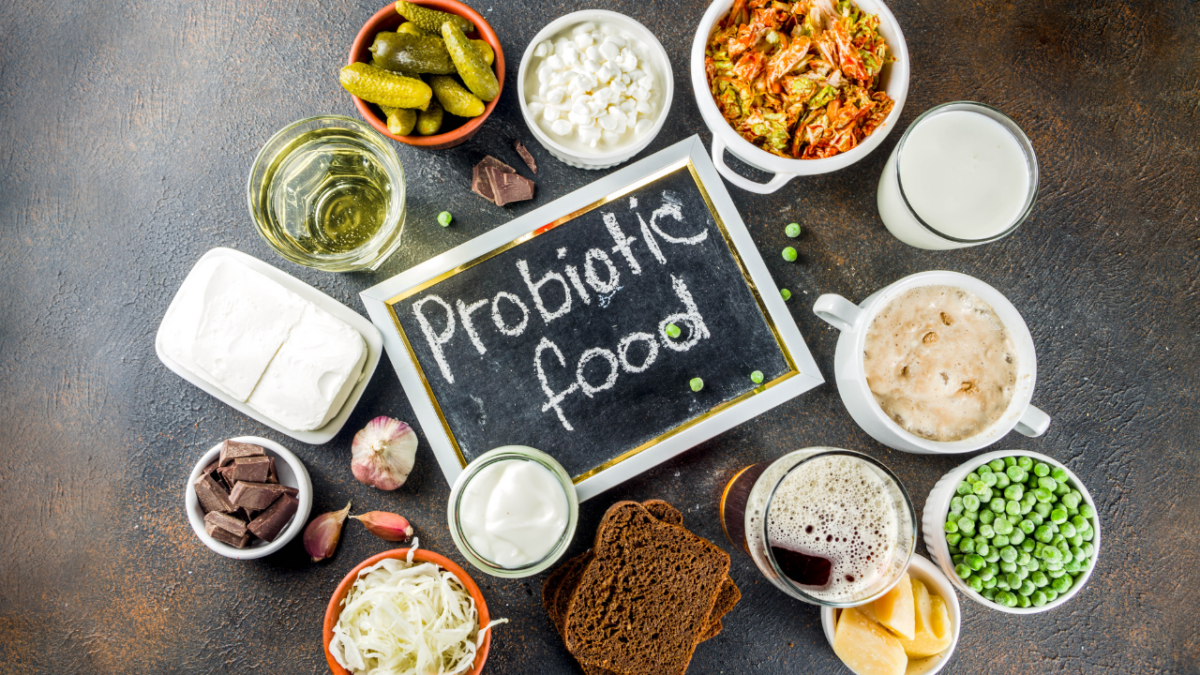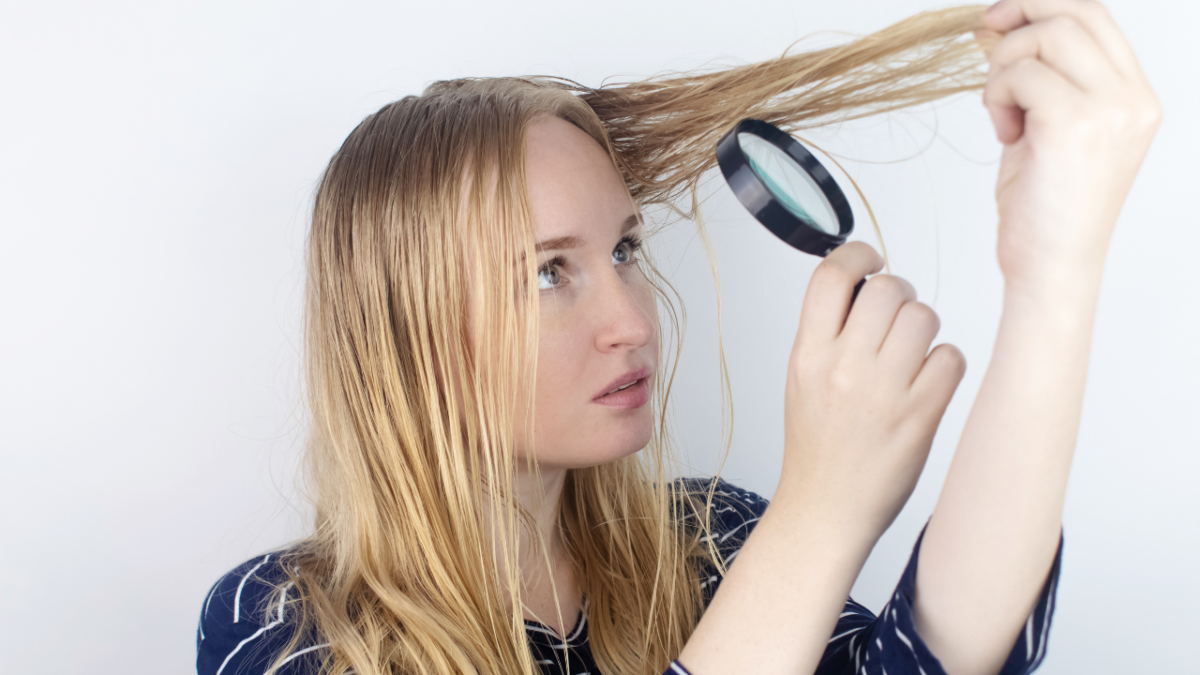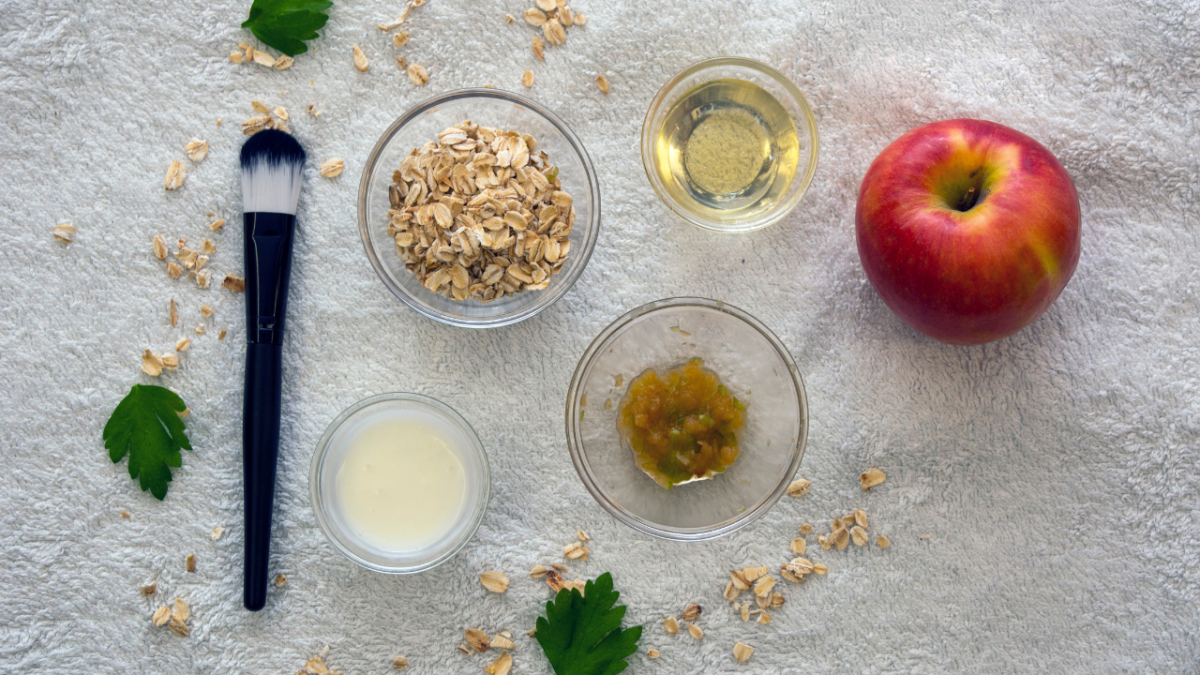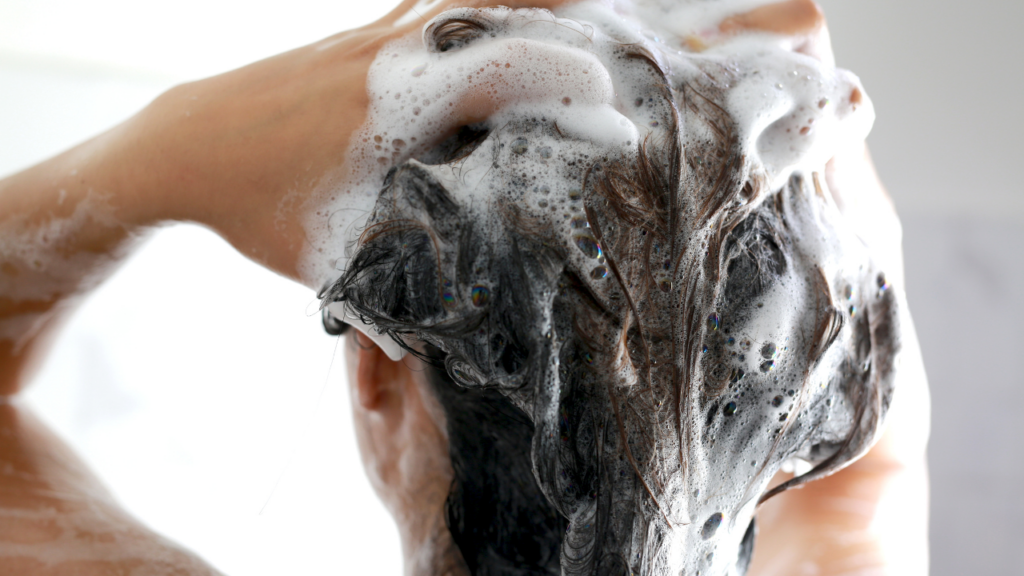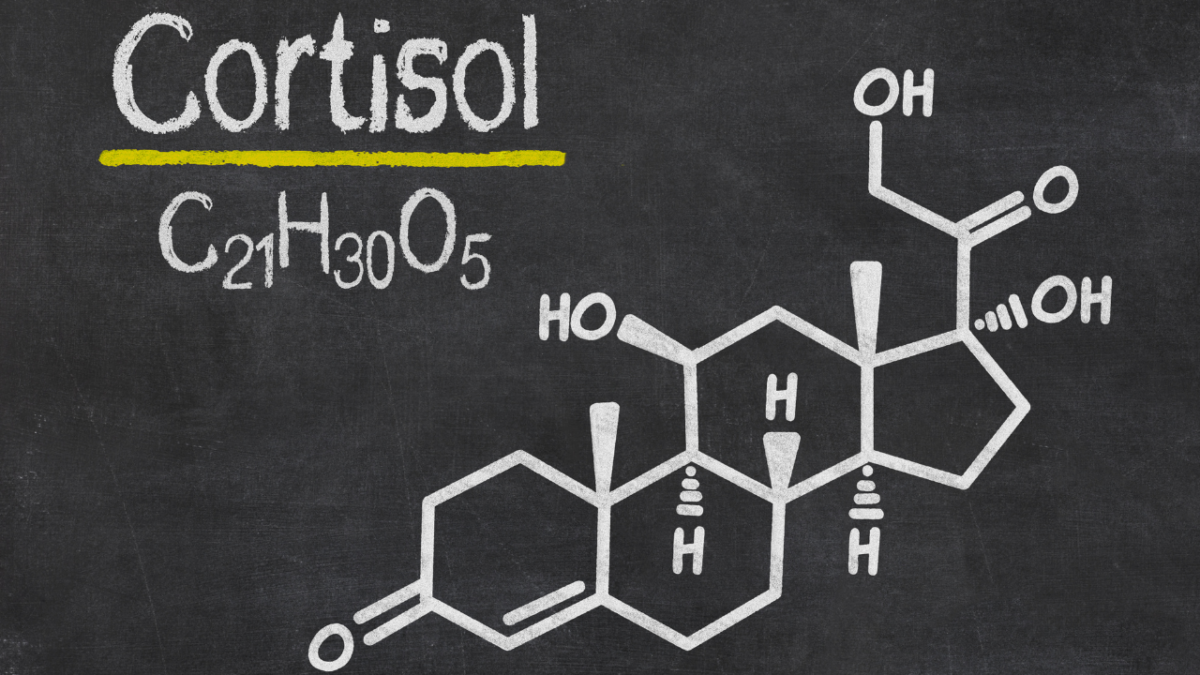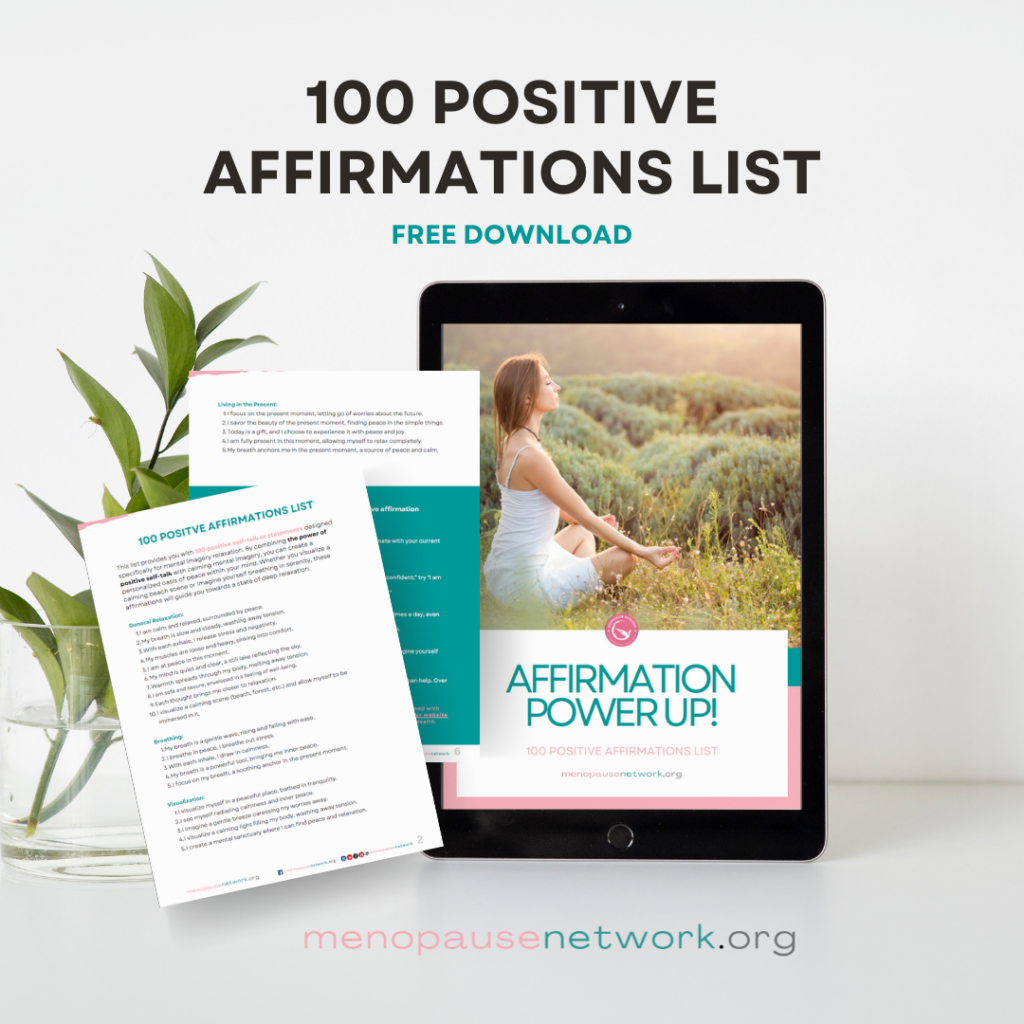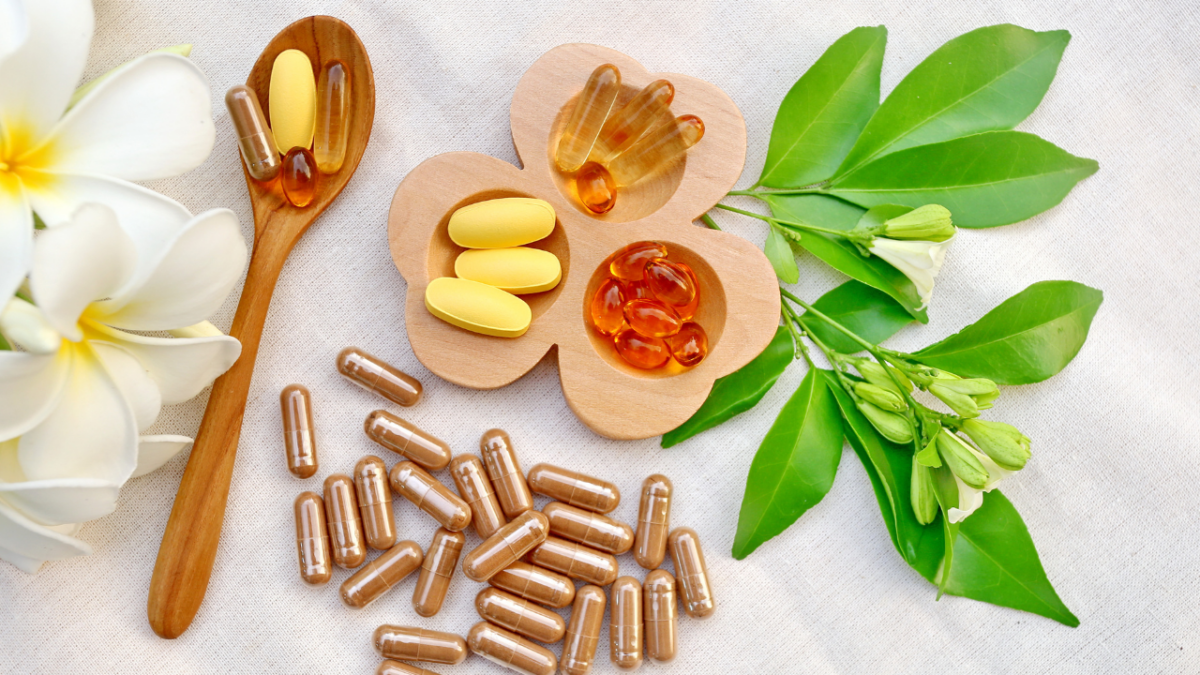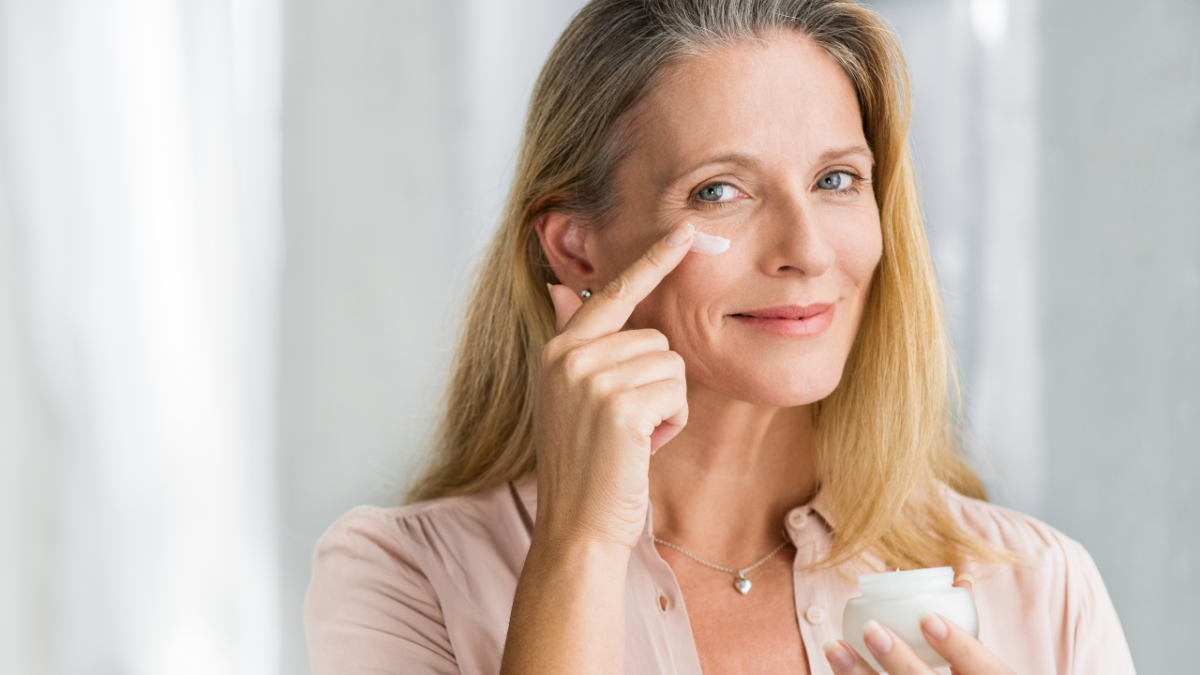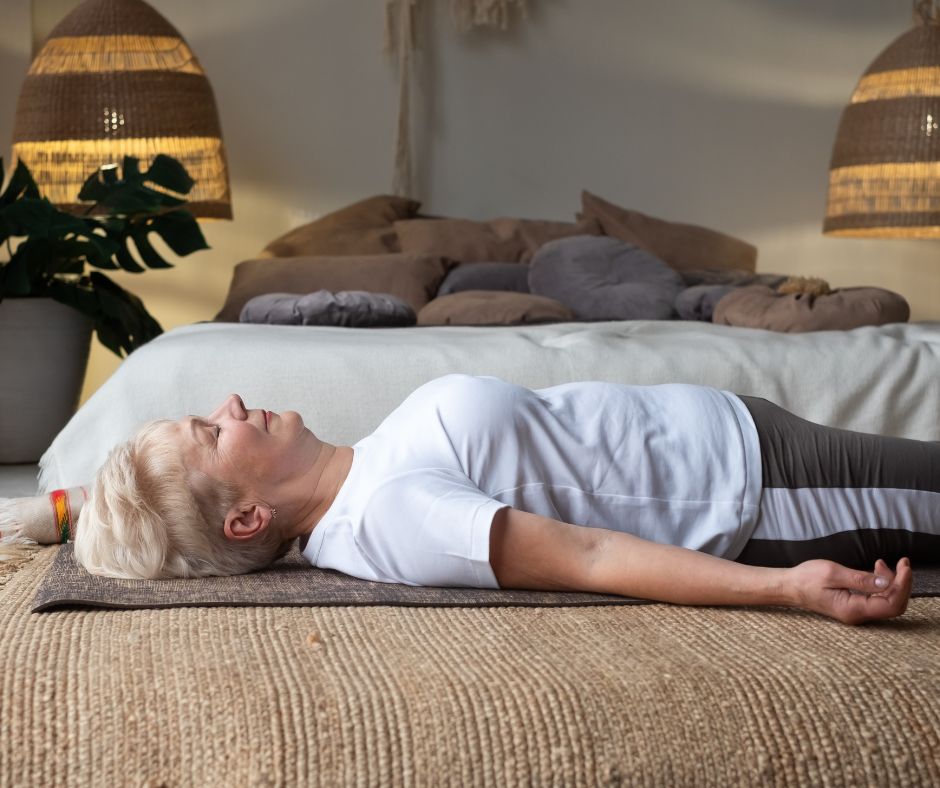Are You There Yet? Signs You’re in Perimenopause
How do you recognize perimenopause? It’s not just about age or a few symptoms. In reality, there are over 35 recognized symptoms that you and all women may experience during the lead-up to menopause. It’s important to realize that you’re not going crazy—every woman will go through menopause eventually. Understanding that these symptoms are linked to perimenopause is crucial because it means you can take proactive steps to manage them.
What is Perimenopause?
Perimenopause is the phase leading up to menopause when your body starts transitioning. It usually begins in your 40s but can start earlier. This phase, marked by hormonal changes, can last several years as your body prepares for the end of reproductive years. Recognizing perimenopause symptoms is crucial for managing and coping with these changes effectively. Understanding these signs can lead to better health decisions and lifestyle adjustments, making the transition smoother.
Are you in your 30’s?
Perimenopause typically begins in the mid-to-late 40s. However, it’s not uncommon for you and some women to start experiencing symptoms earlier, even in your 30s. Several factors can influence when perimenopause begins and how long it lasts. Here are some factors that influence the onset of perimenopause:
- Genetics: Your family history plays a significant role in determining the onset of perimenopause. If your mother or older sisters experienced early perimenopause, you might too.
- Lifestyle: Your choices such as diet, exercise, and stress management can impact hormonal balance. For instance, If you are constantly in a stressful situation or have poor nutritional habits, you may experience hormonal changes earlier.
- Overall Health: If you have medical conditions like autoimmune disorders or chronic illnesses, these too can affect the timing and severity of perimenopause. Women with certain health issues might experience symptoms sooner or more intensely.
Recognizing these factors and understanding their impact can help you better prepare for and manage the symptoms of perimenopause. Early awareness and proactive health management are key to navigating this transitional phase smoothly.
Do you have these signs?
- Irregular Menstrual Cycles One of the first signs is changes in your menstrual cycle. Periods may become irregular, heavier, lighter, or shorter. Tracking these changes helps in understanding your body’s transition.
- Hot Flashes and Night Sweats Hot flashes and night sweats are common. These sudden feelings of heat can cause discomfort and disrupt your daily activities and sleep
- Sleep Disturbances You might experience sleep disturbances, including trouble falling asleep, frequent waking, or waking up too early.
- Mood Swings and Irritability Hormonal fluctuations can lead to mood swings and increased irritability, affecting your relationships and daily life.
- Memory Issues and Brain Fog Memory lapses and brain fog are common, making it challenging to concentrate or remember things. This is usually temporary.
- Anxiety and Depression Increased anxiety and bouts of depression can occur due to hormonal changes. It’s important to acknowledge these feelings and seek support if needed.

- Weight Gain and Metabolism Changes You might notice weight gain, especially around the abdomen, due to a slower metabolism and hormonal changes.
- Changes in Hair and Skin Hair thinning, dryness, and skin changes like increased dryness and wrinkles are common. These changes can affect your self-esteem but are part of the natural aging process.
- Joint and Muscle Pain Joint and muscle pain can increase. Staying active and maintaining a healthy lifestyle can help alleviate these symptoms.
- Changes in Libido A decrease in libido is common due to hormonal changes. Open communication with your partner is key.
- Vaginal Dryness and Discomfort Vaginal dryness and discomfort can make sexual activity uncomfortable. Lubricants and talking to your healthcare provider can help.
- Urinary Issues Urinary incontinence and frequent urination can occur. Pelvic floor exercises and consulting a healthcare professional can provide relief.
What can you do to manage the symptoms?
Lifestyle Changes and Diet Adopting a healthy diet and lifestyle changes can significantly improve your symptoms. Incorporate more fruits, vegetables, and whole grains into your diet.
Exercise and Physical Activity Regular physical activity helps manage weight, improves mood, and reduces stress. Aim for at least 30 minutes of exercise most days.
Stress Management Techniques Practicing stress management techniques like yoga, meditation, and deep breathing exercises can help manage emotional symptoms.
Medical Treatments and Therapies
Hormone Replacement Therapy (HRT) HRT can be effective for severe symptoms. Discuss the risks and benefits with your healthcare provider.
Non-Hormonal Treatments Non-hormonal treatments, including medications and lifestyle changes, can also help manage symptoms. These may include antidepressants or anti-anxiety medications.
Alternative and Complementary Therapies Alternative therapies like acupuncture, herbal supplements, and aromatherapy can provide relief. Always consult with a healthcare provider before starting any new treatment.
When to Seek Medical Advice

- Differentiate between normal symptoms and those that may indicate other health issues. Heavy bleeding, severe pain, or other unusual symptoms should be evaluated by a healthcare provider.
- Regular check-ups and open communication with your healthcare provider are crucial. They can help manage symptoms and ensure overall health.
- Prepare for your appointment by tracking symptoms, making a list of questions, and discussing any concerns with your healthcare provider.
Takeaway
Perimenopause is a natural part of aging. Embrace this transition and understand that it’s a phase, helping you cope with the changes. Stay informed, seek support, and take care of yourself during this transition.


